The Druze in Israel
Israel is home to all kinds of religious and ethnic groups - Jews, Christians, Muslims and those of the Baha'i faith. But one group isn’t talked about as much - and that is the Druze. Indeed, even in Israel, many of its citizens don’t know much about this small minority who have lived in the religion for thousands of years.
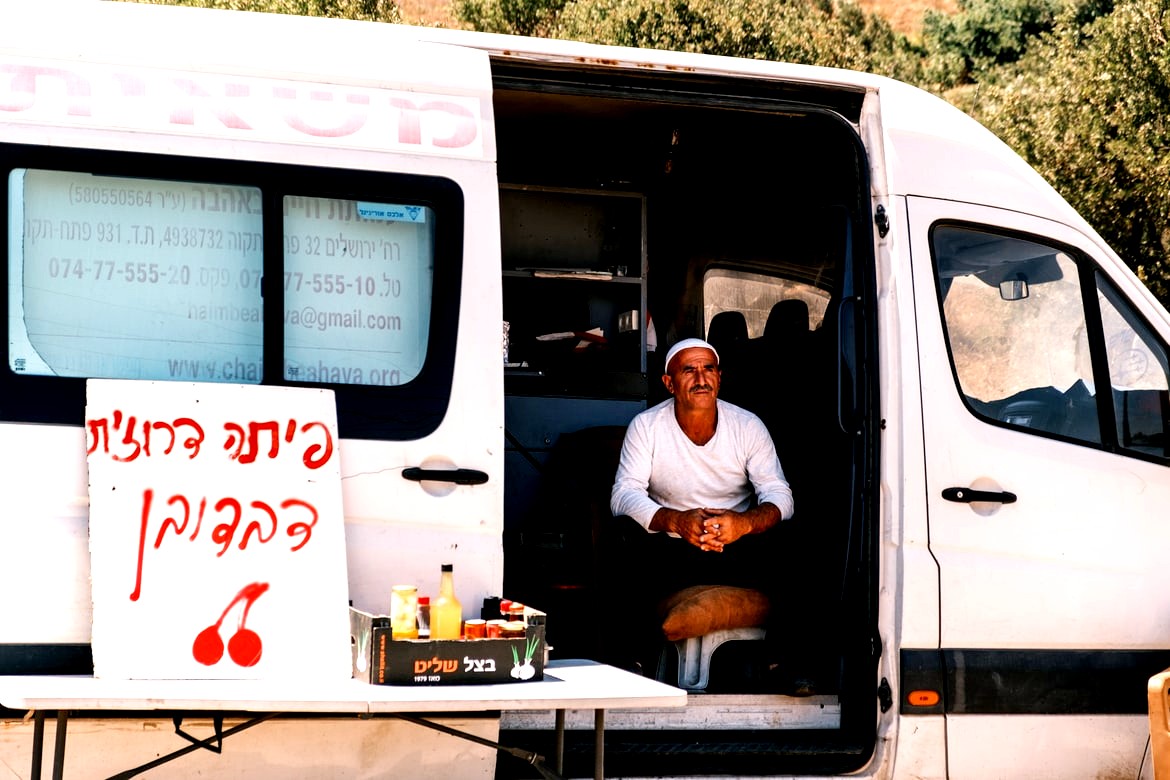
Druze man in his car. Photo by Marquise de Photographie on Unsplash
The Druze community is, within the Levant, not a small group - in fact, it numbers between 800,000 and a million followers. Based mainly in Lebanon, Syria, and Israel (and a small number in Jordan) there is a certain amount of mystery surrounding them since many of their practices are kept secret not just from ‘outsiders’ but even from members of their own community.
Indeed, even today, only a small privileged number of Druze known as ‘Uqqal’ (followers) participate fully in Druze religious rituals and are given access to the teachings of their secret scriptures. Moreover, since Druze have historically been forbidden from marrying outside their own faith (and intermarriage today is still unusual) it is hard for those outside their society to fully grasp the inner workings of their community.
So what do we know about the Druze, particularly those in Israel? Is it possible to visit them and experience their hospitality? Can one convert to the Druze faith or pray with Druze? And how do they seem themselves, as a minority in the state? Let’s take a closer look at some of their beliefs and practices, and find out more about these fascinating people...
Druze guard in Jerusalem, Israel. Photo by Levi Meir Clancy on Unsplash
History of the Druze
The history of the Druze is indeed a fascinating one with historians, anthropologists, and geneticists still arguing about their origins today. There remains much dispute as to whether the Druze are of Turkish, Arabian, Persian, or Caucasus descent. No one is entirely sure but recent findings point to them hailing from a region somewhere between northeastern Turkey, northern Iraq, and southwest Armenia, bordering the Ararat and Zagros mountains.
The Druze are first mentioned by a 12th-century traveler named Benjamin of Tudela, who wrote of them as being ‘fearless mountain-dwelling warriors who favored the Jews.’ Historians now believe the first Druze worshippers lived in Cairo, under the protection of Al-Hakim bi-Amr Allah, the ruler of Egypt and the eastern Mediterranean.
After his rule, however, the Druze were persecuted terribly and many fled to other parts of the Levant. (This persecution may, in part, account for the fact that their faith soon became ‘closed’ to outsiders).
Pyramids of Giza, near Cairo, Egypt. Photo by Simon Berger on Unsplash
Druze Religion
Without a doubt, the Druze are a unique religious and ethnic group. With a tradition dating back to the 11th century, their faith incorporates elements of different traditions including Islam, Hinduism, and even classical philosophy. The Druze place a great emphasis on spiritual purity and religious philosophy and their faith has many mentors, including John the Baptist, Moses, Jesus, and the Prophet Mohammed.
However, unlike Christianity, Judaism, or Islam, the Druze have no clear holy days, pilgrimage obligations, or even a clear liturgy. Druze people are also admirers of Greek philosophers such as Socrates, Plato, and Aristotle! What is interesting about the Druze religion is that although the faith originally developed out of the Ismaili Shia branch of Islam, the Druze certainly do not identify as Muslims.
In fact, Druze's philosophy supports the idea of reincarnation and believes that at the end of the cycle of rebirth (after many reincarnations) the soul will be united with the Cosmic Mind. This is a much more Hindu-like approach! The Druze do adhere to the idea of ‘theophany’ i.e. the appearance of a Deity (or even a personal encounter with a Deity), as well as their belief in the oneness of God. However, their holy book - known as the Book of Wisdom - is not known to many (it is not accessible or even comprehensible to those outside the faith).
Aristotle's Metaphysics translated by Joe Sachs. Photo by Tbel Abuseridze on Unsplash
The Druze comunity in Israel
The Druze population in Israel, according to the most current census carried out in 2019, stands at approximately 145,000. This is a dramatic increase since the eve of the establishment of the State of Israel in 1948 when the Druze community numbered just 14,500. This means that the Druze account for 1.6% of the total population of the country.
Druze communities can be found in the north of Israel, predominantly in Galilee, the Carmel, and parts of the Golan Heights. Whilst it is certainly possible to visit Druze villages in Israel and experience great hospitality, it should be noted that in many respects they are a tight-knit and secretive spiritual community.
One of the largest and most interesting Druze villages in Israel is Daliat-el-Carmel, around 20 kms southeast of Haifa. It has a bustling Saturday market (which is closed on Friday, the Druze sabbath) where you can buy handcrafted items and Druze souvenirs from Israel (don’t forget to bargain!) as well as local Druze restaurants and cafes at which you can sample excellent hummus.
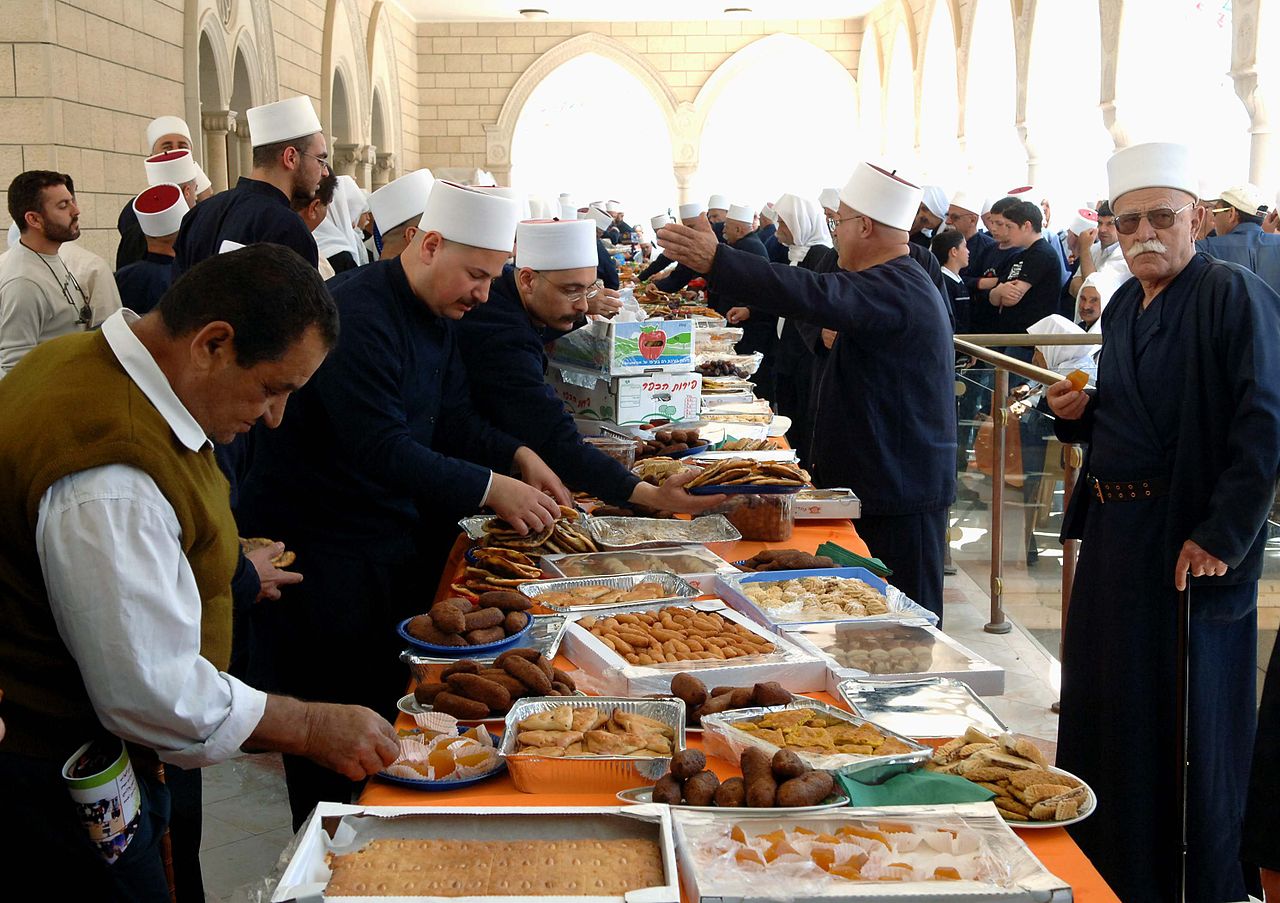
The Druze holiday of Nabi Shuʿayb at Daliat-el-Carmel, Israel. Photo credit: © Shutterstock
Older residents will be wearing long flowing gowns; younger residents dress in more Western-style clothing. Within the oldest part of town, look out for the shrine of Abu Ibrahim, whom the Druze consider a prophet, as well as the Oliphant House, home to Lawrence Oliphant, a British diplomat, mystic, and Christian Zionist of the 19th century.Just outside of the village (a few minutes' drive away) is the Carmelite Monastery of St. Elijah (also known as the ‘Muhraka monastery’). It is believed to be the place where Elijah offered a sacrifice to God, which in turn, was answered by God who sent down fire from the heavens.
Inside the catholic chapel is a small sanctuary but it is the gardens that are really lovely, offering visitors the chance to engage in some peaceful contemplation or take the walking trail. For spectacular panoramic views of the Carmel, climb up to the roof. Daliat el-Carmel makes for an excellent day trip, which lets you also visit the charming artist’s village of Ein Hod, nearby.
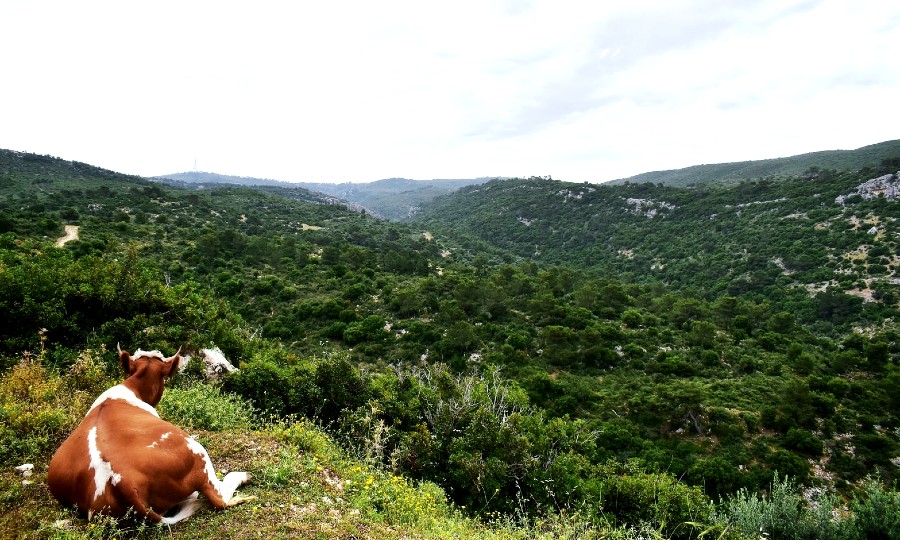
The Carmel Mount, Israel. Photo by Yoav Nir on Unsplash
Druze Zionism
The Druze community in Israel is extremely patriotic and their loyalty to the state is without question. The cultivation of a ‘special relationship’ between Jews and Druze began in the 1930s, in the form of a paramilitary alliance (which may have gone some way to alienate Druze Palestinians from their Sunni Muslim neighbors).
Since the establishment of Israel, the general consensus has been that the Druze are natural allies of the Israeli state since they are loyal to the point of being prepared to fight in combat units. Israel has also recognized them as a separate Arab community since 1957. ||
Druze Identity
According to recent research, 90$% of Israeli Druze feel very connected to their community and say they have a strong sense of belonging. The Druze in Israel are overwhelmingly proud of their identity and also believe (like many Jews and Muslims) that they have a special responsibility to take care of other members of their community around the world.
What is also interesting is how they define themselves - what being Druze means to them. Is it culture, faith, or history? Here there is no clear consensus. Again, because no one can convert to the faith or technically leave the faith, outside accounts of Druze culture that exist are quite limited.
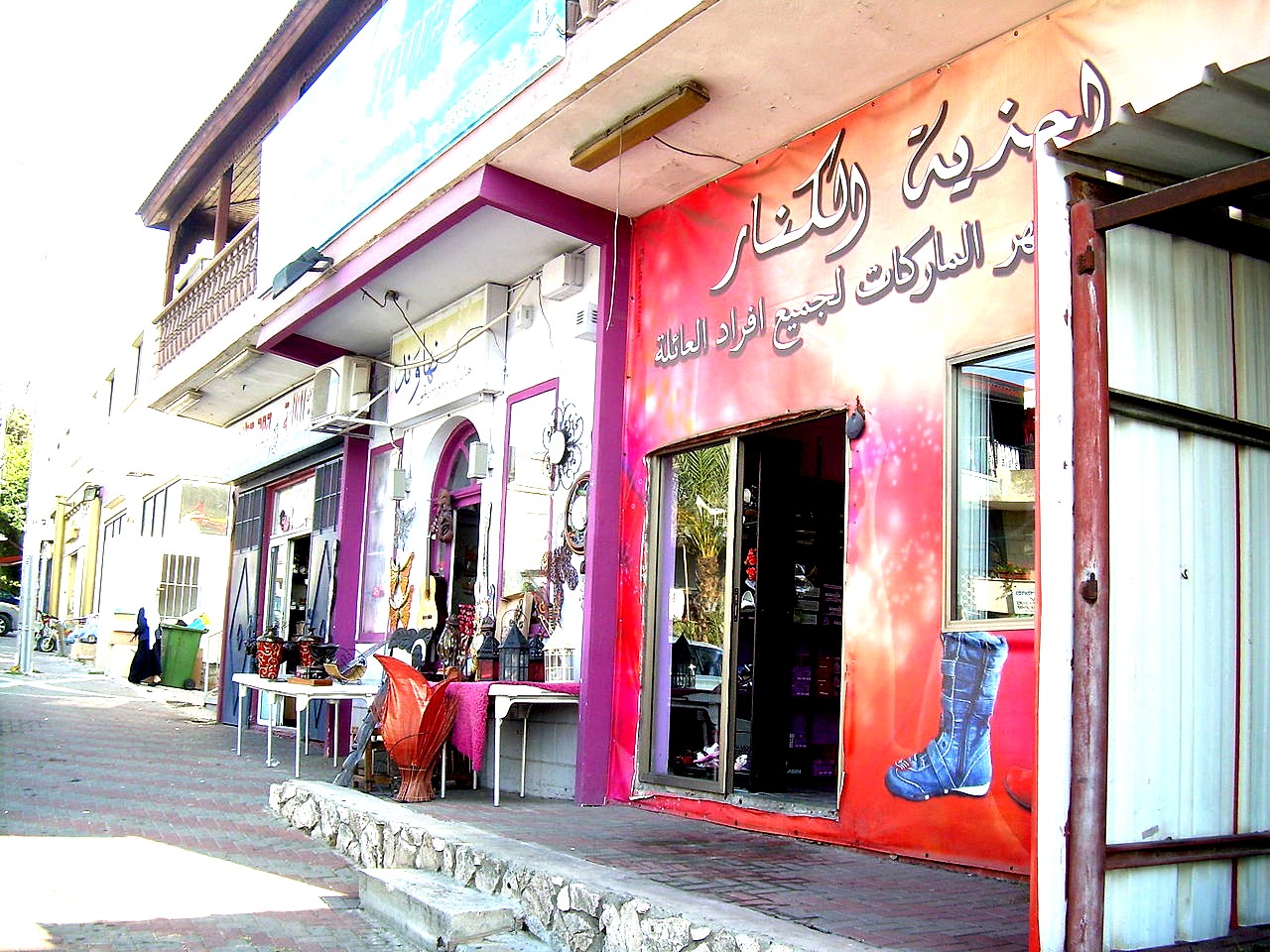
A street in Daliat-el-Carmel, Israel. Photo credit: © Shutterstock
In terms of the ‘rules’ that they must follow, these include a prohibition on alcohol, tobacco, and pork. Polygamy is forbidden and men and women are technically viewed as equals, although whilst the role of women in Druze society is slowly changing, the Druze women are still seen, primarily, as mothers and daughters within the social hierarchy. Marriage is encouraged, but no Druze couple is permitted to marry until the prospective husband has built them a home.In terms of their economic contribution, historically Druze worked on the land but many have now entered the mainstream workforce, and are represented in all sections of society. Even Druze women, who traditionally worked in fields of teaching and education, are breaking into the world of finance and high tech. Indeed, spearheaded by fintech company Finastra in Kfar Saba (just 45 minutes drive from Tel Aviv), Druze women are being actively recruited into computer programming careers.
The Druze Flag
There are variations of the Druze flag but the one thing all versions contain is five specific colors - green, red, yellow, blue, and white. Each color has different symbolic meanings: Red - the moon, the soul, and the ‘feminine’; green - the sun, the mind, and the ‘masculine’; blue - mental power and ‘the will’; yellow - ‘the word’ (i.e. the purest form of God’s truth); white - ‘the realization’ (i.e. the fulfillment of the word).
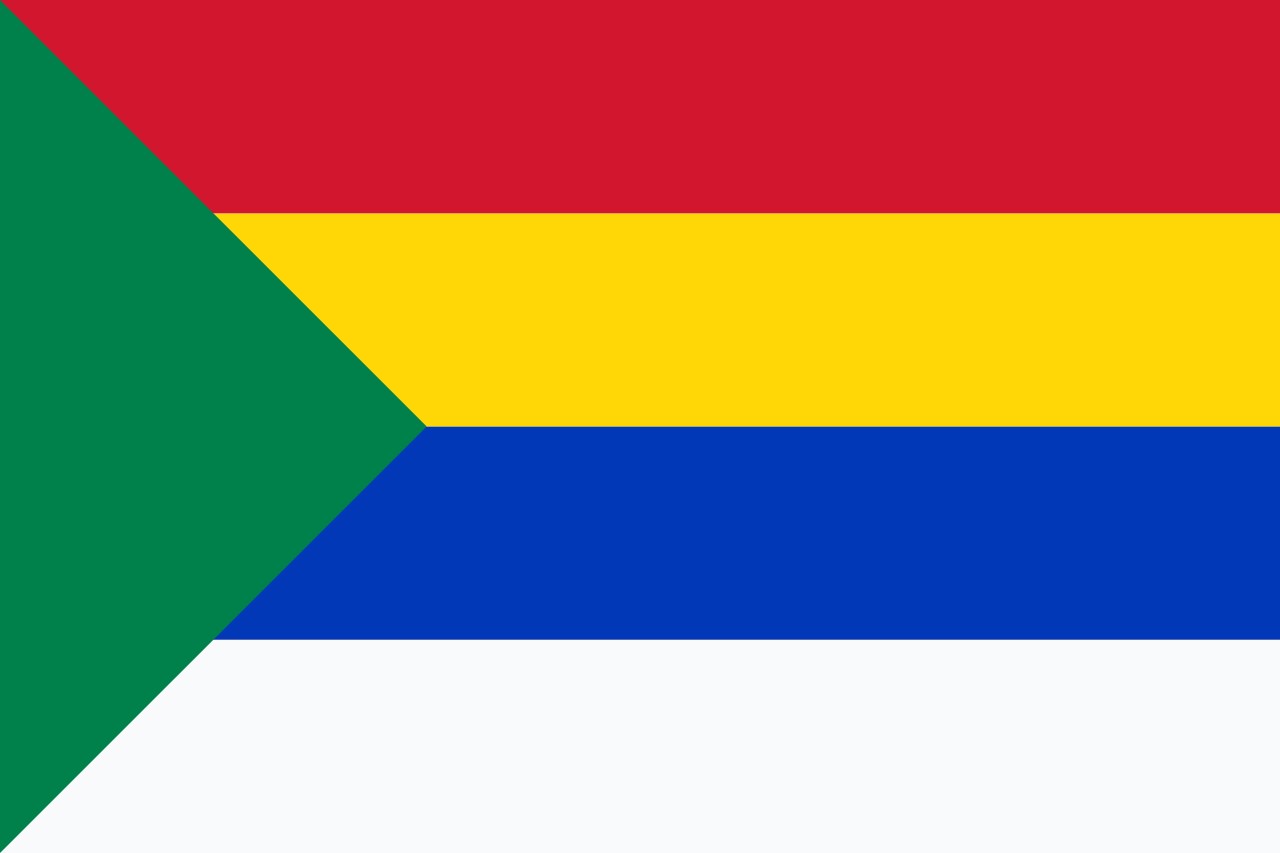
The Druze Flag. By © Verdy p
Relations with the Jews from 1948 to Present Day
On the eve of the War of Independence, the Druze had no hesitation in allying themselves with Israel, unlike most of the Palestinian Arabs. Historically, in 1942, after the Sunni leadership in Jerusalem threatened in 1942 to take control of the tomb of Jethro (‘Shuʿayb’’ to the Druze) in Tiberias, the Druze sided with the Jews and this has continued since - indeed, Druze soldiers have fought for Israel in every war since 1948. Today, not only are they well represented in the IDF but they also work in Israel’s diplomatic Corps and the Border Police.
Military service and public office
The Druze are very active in public life and not just subject to the military draft (the Israel Defence Force) but willing participants. Actually, for more than 40 years, there was a military unit composed primarily of Druze Infantry, called the ‘Herev’ (in Hebrew ‘Sword Battalion’).
Distinguishing itself, it was awarded with two citations over the years (one for its operational activities in Lebanon, in the second war, and the other for infiltrating an Egyptian intelligence unit in the Negev). The Heruv battalion was dismantled in 2015 although, today, 80% of the Druze population in Israel is still drafted into the IDF and their soldiers have a stellar reputation for excelling in combat units.
The Golan Heights. Photo by Aviv Ben Or on Unsplash
Status and position of the Druze in the Golan Heights
The Druze who live in the Golan (as opposed to around the Carmel and the Galilee) in general have a more complicated relationship with Israel. In general, they refuse citizenship of Israel and in Majdal Shams, many still have relatives on the Syrian side of the border.
Madjal Shams overlooks the divide between the Israeli-occupied part of the Golan and the plateau controlled by forces loyal to Syrian President Bashar al-Assad, Indeed, after the Golan was first annexed, the local Druze went on strike for some weeks until the Israeli government promised not to issue them with identity cards.
To sum up then, if you’re visiting Israel, and especially if you’re planning on spending some time in the north of the country, particularly around the Galilee and Nazareth, why not visit one of the Druze villages - including Isfaya, Beit Jann, Pe’kin, Kasra, and Julis. With their tradition of warm hospitality and excellent cooking, you can see for yourself what makes them such a unique and extraordinary part of Israeli society.
If you wish to explore the Druze culture and to distill the Druze secrets, feel free to book a Haifa and the Carmel Private Tour
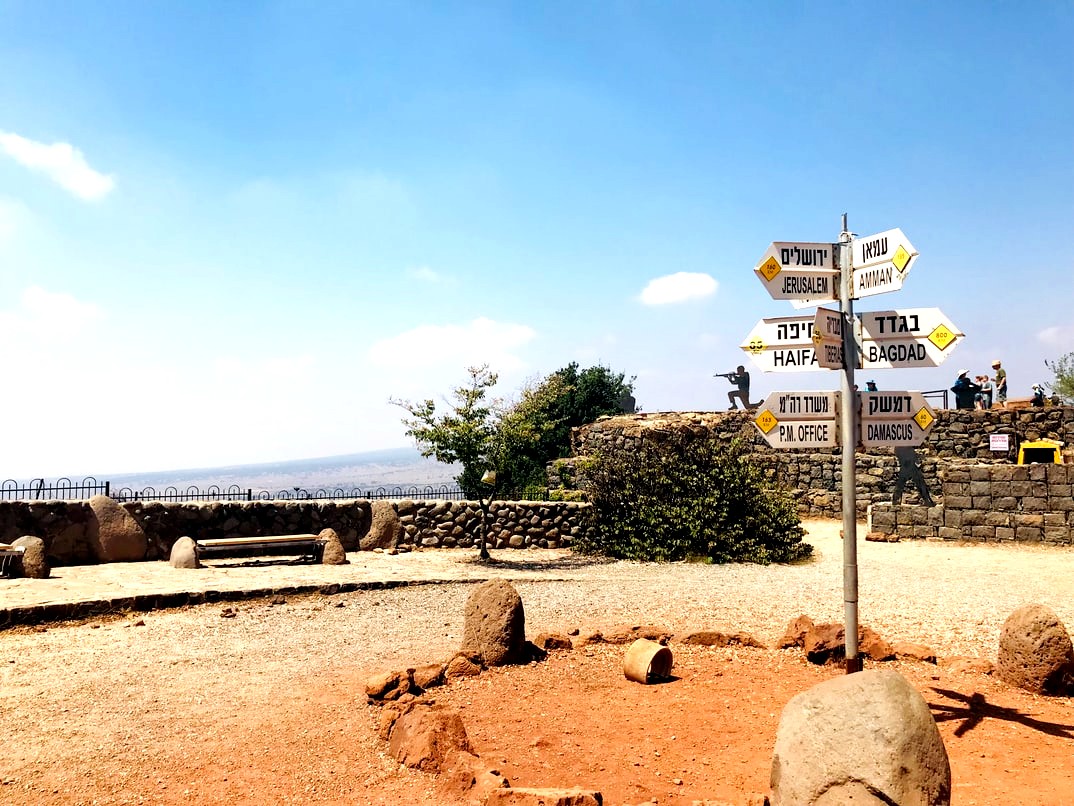
The destination sign at the Golan Heights.Photo by Karima A on Unsplash
 Login / Register
Login / Register
 Contact Us
Contact Us
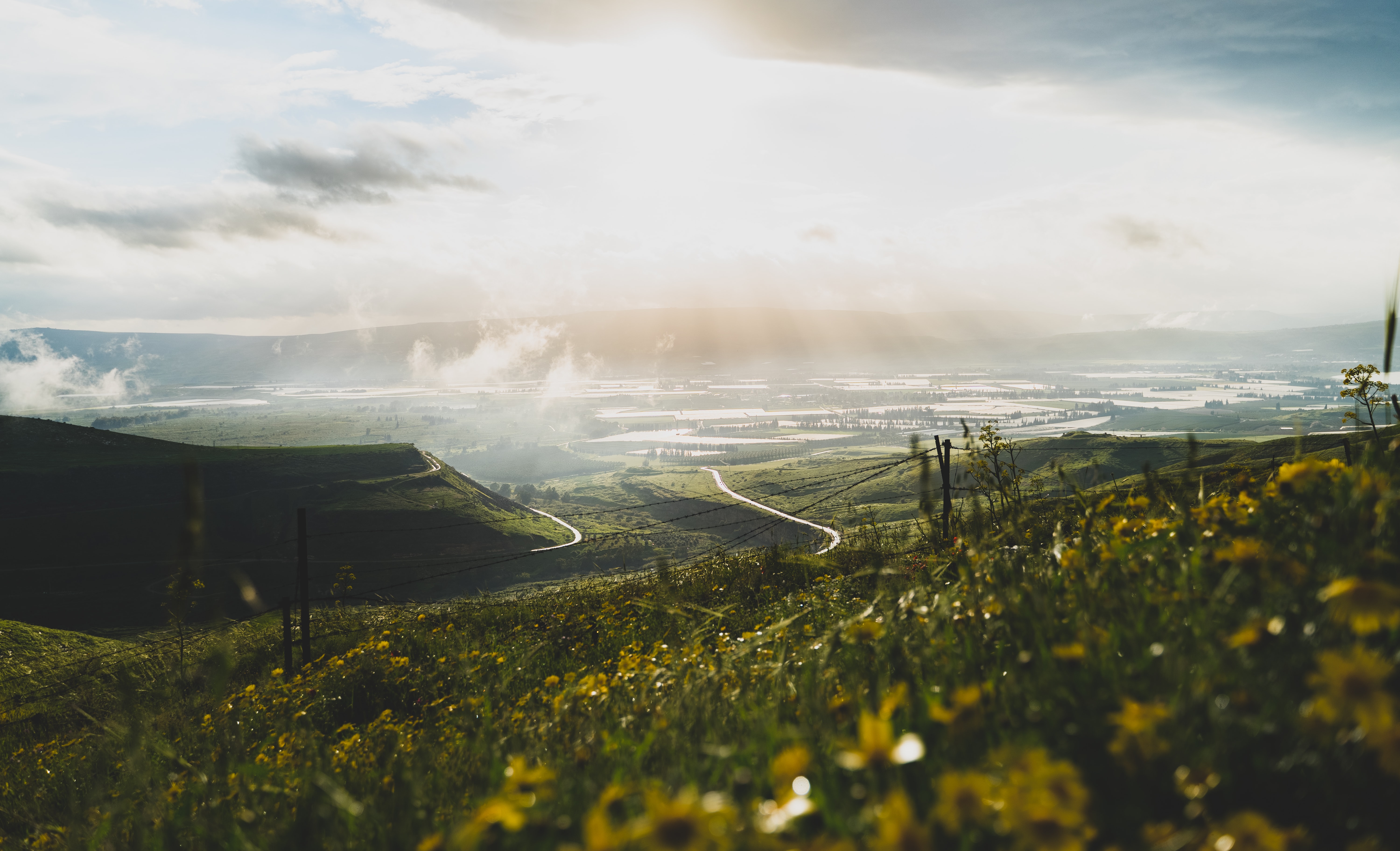
 Certificate of Excellence
Certificate of Excellence Guaranteed Departure
Guaranteed Departure Low Prices Guaranteed
Low Prices Guaranteed 24/7 Support
24/7 Support




